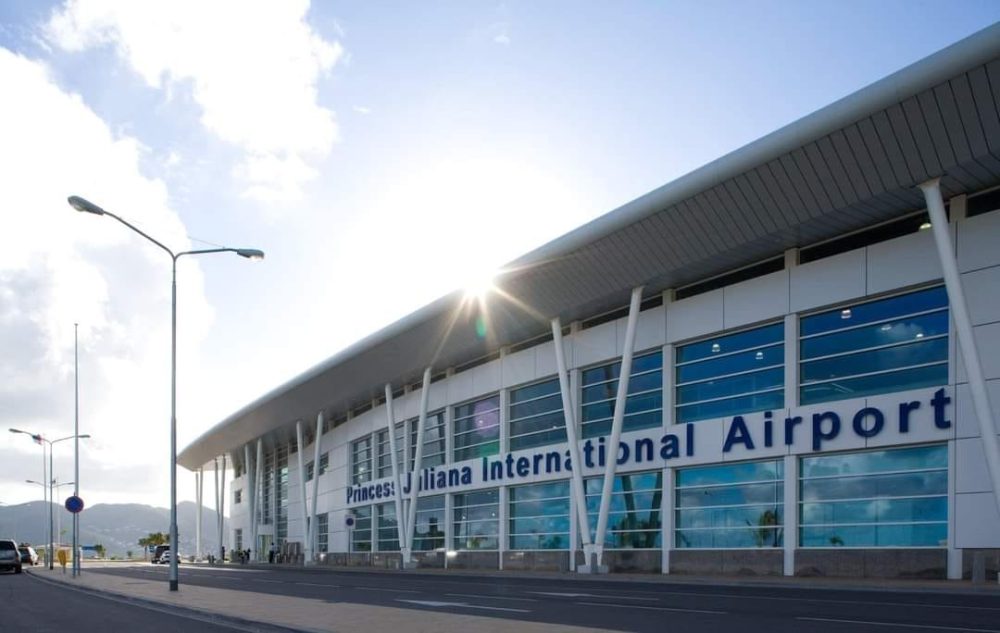The Royal Navy’s Caribbean task group will show the people of Montserrat how it could help them should disaster strike their island.
Over several days, working with local authorities, the force – comprising tanker/support ship RFA Wave Knight, patrol vessel HMS Medway and a Wildcat helicopter – will flex its muscles for the first time during the 2021 hurricane season, rolling out its full panoply of assistance and aid.
The task group carries specialist equipment, emergency supplies and 166-high-trained men and women, including a dedicated humanitarian aid/disaster relief team of commando engineers from the Army’s 24 Commando.
The training in Montserrat, concentrated in the Fox’s Bay area, will not only cement plans for helping the British territory in the event of disaster, but also hone the skills and co-ordination of the Royal Navy team to the benefit of other islands across the Caribbean.
The exercises, beginning on Sunday, will include boat and helicopter operations and the commando engineers will be ashore clearing roads near Fox’s Bay.
“I am very grateful to the people of Montserrat for this opportunity,” said Task Group Commander, Commander Brian Trim. “While we’ve worked hard over the last few months to get ready for hurricane season, by training here, we can stay sharp for the months ahead.”
As well as keeping their skills fresh, the 166 people in the task force have also been working hard at staying Covid-safe.
“Almost everyone on both ships has been fully vaccinated now, with just a few people waiting for their second dose. And we test everyone, twice a week, to make sure we don’t bring Covid with us,” explained Surgeon Lieutenant Kat Richardson, HMS Medway’s Medical Officer.
Backing up the ships, there are hundreds more people – and additional equipment – held at very high readiness in the UK, ready to fly into the region and support disaster relief efforts.
HMS Medway provides the Royal Navy’s permanent presence in the Caribbean and is now into her second storm season; last year she worked extensively with RFA Argus.
This year she has been joined by the Royal Fleet Auxiliary support ship Wave Knight, with a Royal Navy Wildcat helicopter embarked alongside specialist personnel, equipment and supplies for disaster relief,
including highly-skilled troops from 24 Commando, Royal Engineers.
“These ships are the first-responders of the UK’s plan for disaster relief in the Caribbean. My crew are proud to work with local communities, helping people when they need it most,” said Lieutenant Commander Jim Blythe, Commanding Officer of HMS Medway.
Last month, RFA Wave Knight delivered an assortment of aid from the people of Barbados and the World Health Organisation to St Vincent.
Individually and together, the two ships provide support and reassurance to Britain’s Overseas Territories in the region, as well as Commonwealth states. They are on hand to deliver aid in the event of natural disasters – the Atlantic hurricane season has just begun – and work with local authorities to prevent drug trafficking between South and North America.
Boilerplate
HMS Medway is a River Class Offshore Patrol Vessel, built on the Clyde and launched in 2017. It is permanently deployed to the Caribbean to support disaster relief and conduct counter-trafficking operations. Medway has a crew of 50, with space to host up to 30 troops. On its large flight deck, Medway can either operate medium sized helicopters or embark up to eight shipping containers.
RFA Wave Knight is a fast tanker, designed to replenish naval ships with fuel, food, fresh water, and ammunition while at sea. Built in Barrow-in-Furness and launched in 2000, this is Wave Knight’s seventh deployment to the Caribbean. It is carrying supplies and equipment to deliver humanitarian aid and has a Wildcat helicopter from 815 Naval Air Squadron embarked.
The Wildcat is a modern and very capable maritime helicopter. Flown by a crew of two, it is capable of lifting stores and people from ship to shore for disaster relief operations. Its sophisticated camera system will also help collect images of storm damage to support planning of relief operations.
Discover more from Discover Montserrat
Subscribe to get the latest posts sent to your email.








